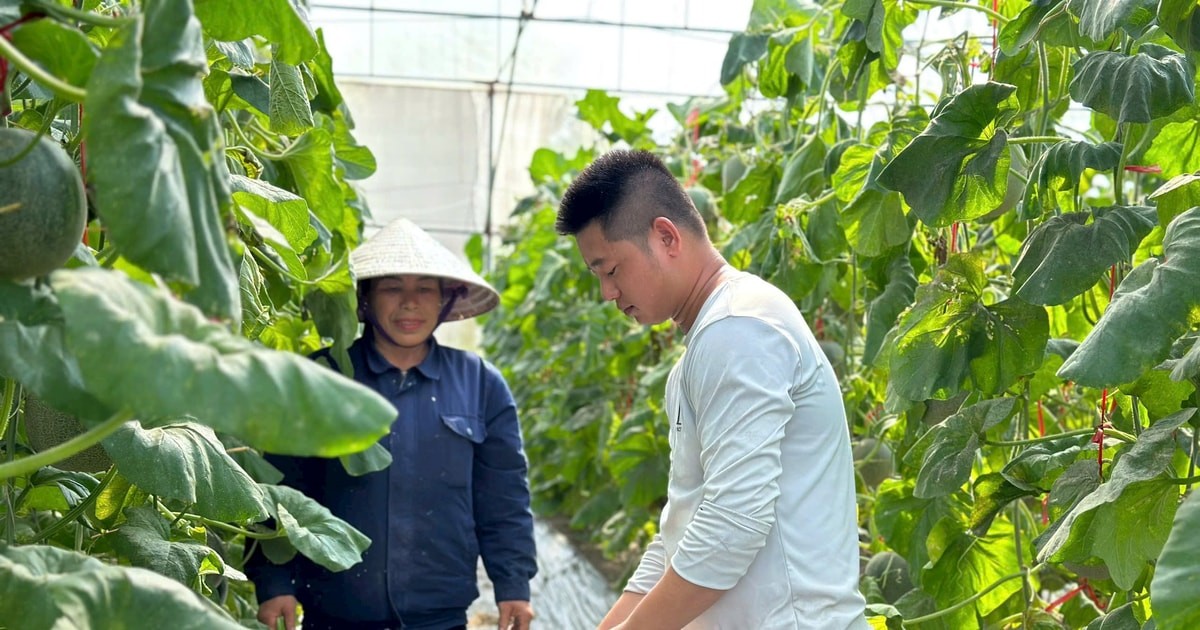
Increase income by recycling by-products
Referring to the effectiveness of recycling agricultural by-products, Mr. Ha Van Thang - Chairman of the Vietnam Agricultural Business Council (VCAC) said that in many localities, straw and livestock waste have been utilized to produce organic fertilizers through microbial preparations, supporting organic rice and vegetable cultivation. These models help reduce input costs, while increasing output value through creating safe, environmentally friendly products. Typically, in some provinces in the Northern Delta and the Southwest, some models using mechanical services to collect straw as raw materials for mushroom production, animal feed and organic fertilizer have shown positive effects in the midlands, Northern Delta and the Southwest. Reusing by-products has helped increase income from rice production by about 15% compared to traditional linear production methods.
In addition, circular livestock farming models are also being implemented in Phu Tho, Hung Yen, Tuyen Quang, Lao Cai, Hanoi, etc., in which by-products such as corn stalks, cassava, beans, and peanuts are fermented into animal feed. Manure from livestock farming is then biologically treated for reuse in crop production. As a result, feed costs are reduced, and economic efficiency increases by 10% to 15% compared to traditional livestock farming.
Not only stopping at farmers, some Vietnamese enterprises have begun to shape their own circular ecosystems. At Tien Nong Agricultural and Industrial Joint Stock Company, Mr. Nguyen Hong Phong - General Director of the company said that the company currently puts 15% of agricultural by-products into production with inorganic fertilizers and about 80% of by-products into production with organic fertilizers. The company aims to utilize 45% of by-products in inorganic fertilizers and 95% in organic fertilizers by 2030.
Bottlenecks that need to be removed
Although the economic and environmental value is very large, the recycling of agricultural by-products is still very modest. According to Mr. Le Duc Thinh - Director of the Department of Economic Cooperation and Rural Development (Ministry of Agriculture and Environment), the recycling and reuse rate is low, only reaching less than 35% and is mainly on a small, scattered scale, causing emissions and pollution. The reason, according to Mr. Thinh, is that there is currently a lack of a system of national processes, standards and regulations such as labels, certification labels for circular agricultural products and limited certification, increasing risks and reducing investment efficiency of enterprises and cooperatives.
In addition, there is a lack of green credit policies, risk insurance, and incentives for investment in by-product processing technology; a lack of data, by-product - chain - emission maps, and a lack of digital platforms to support businesses.
Talking about the bottlenecks that make recycling agricultural by-products difficult, Mr. Ha Van Thang also pointed out that small and medium enterprises, which account for a large proportion of the industry, face many difficulties in accessing investment capital for recycling and waste treatment technology. In addition, regional and value chain linkages are not tight, many enterprises operate alone, lacking cooperation with farmers and related parties.
According to experts, agricultural by-products have value. Promoting the recycling of agricultural by-products not only increases the value of products but also contributes to environmental protection, towards clean and green agriculture. In order for the recycling of by-products to come into life, Associate Professor, Dr. Dao The Anh - former Deputy Director of the Institute of Agricultural Sciences said that in a circular economy, agricultural by-products should not be called agricultural by-products but called resources to be exploited more effectively, avoiding waste and causing environmental pollution.
Source: https://baolaocai.vn/phu-pham-nong-nghiep-lam-sao-khai-thac-hieu-qua-post649415.html



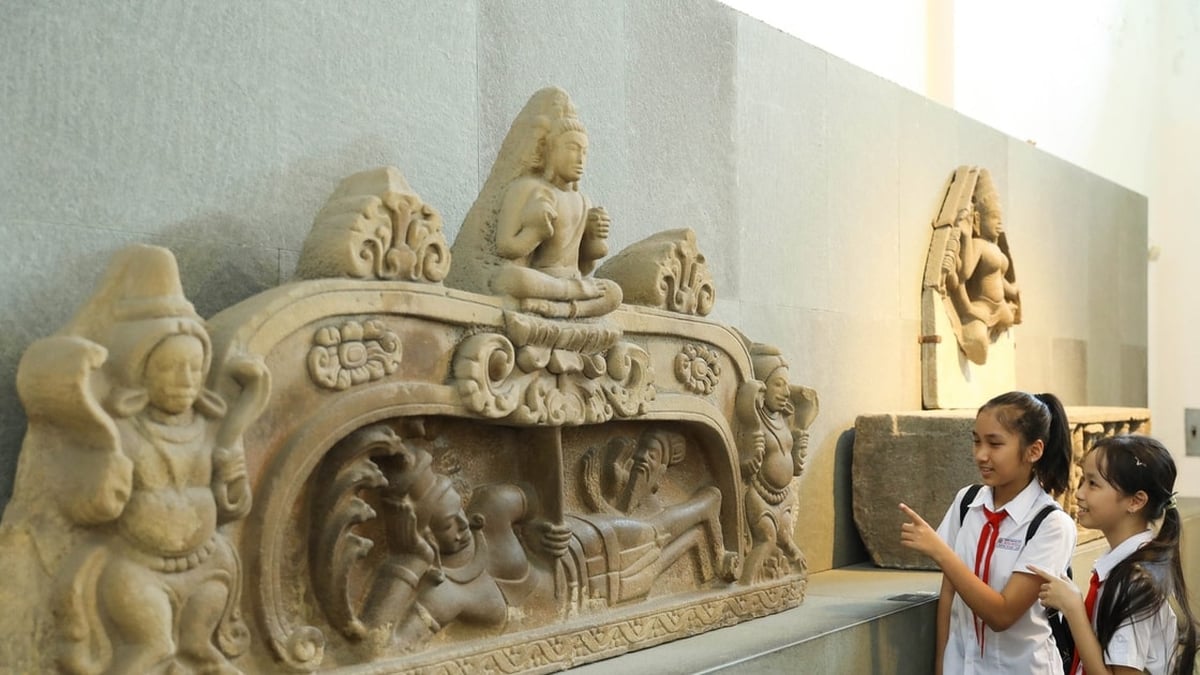

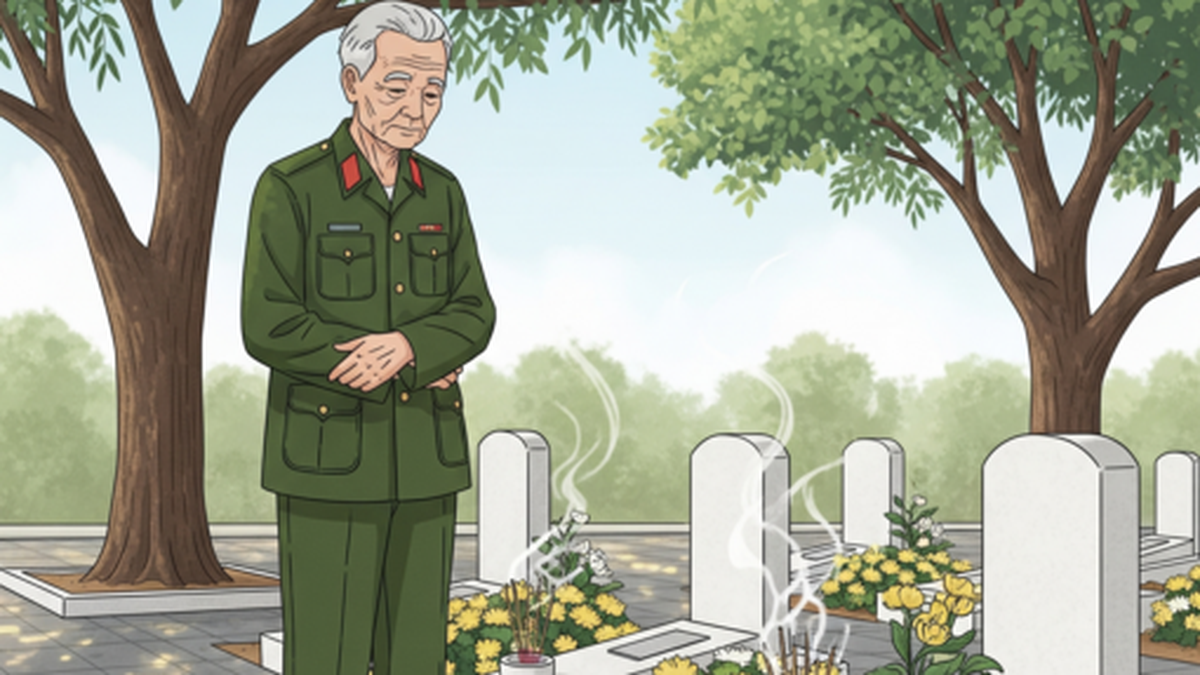


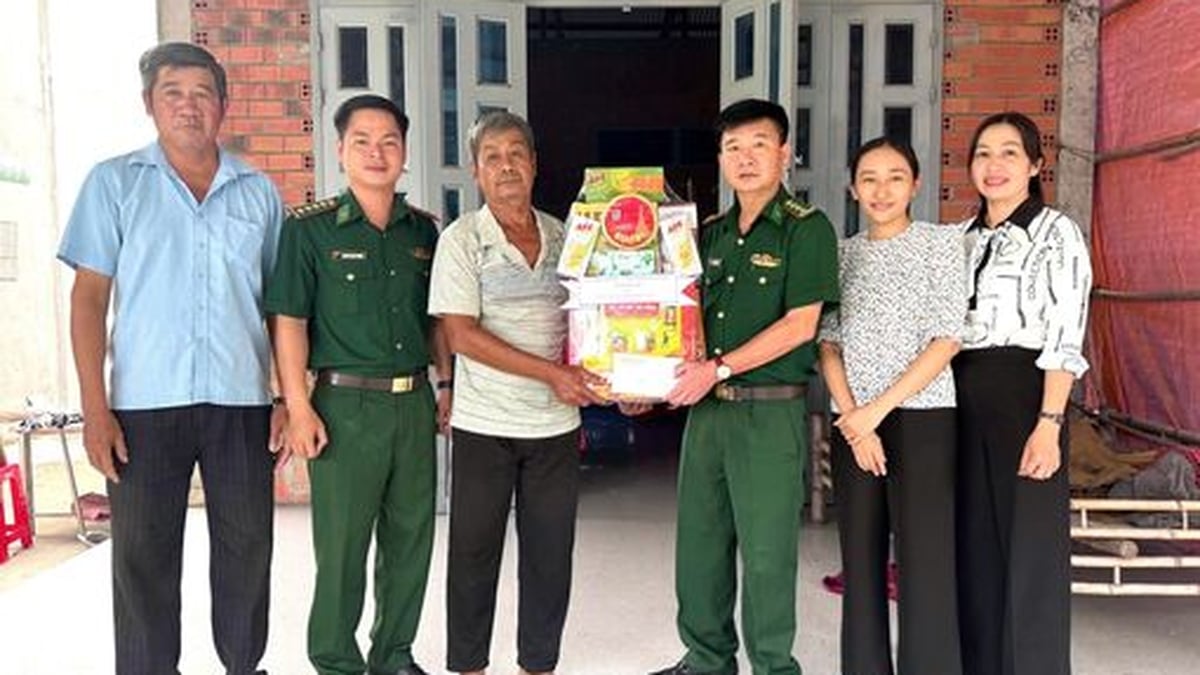

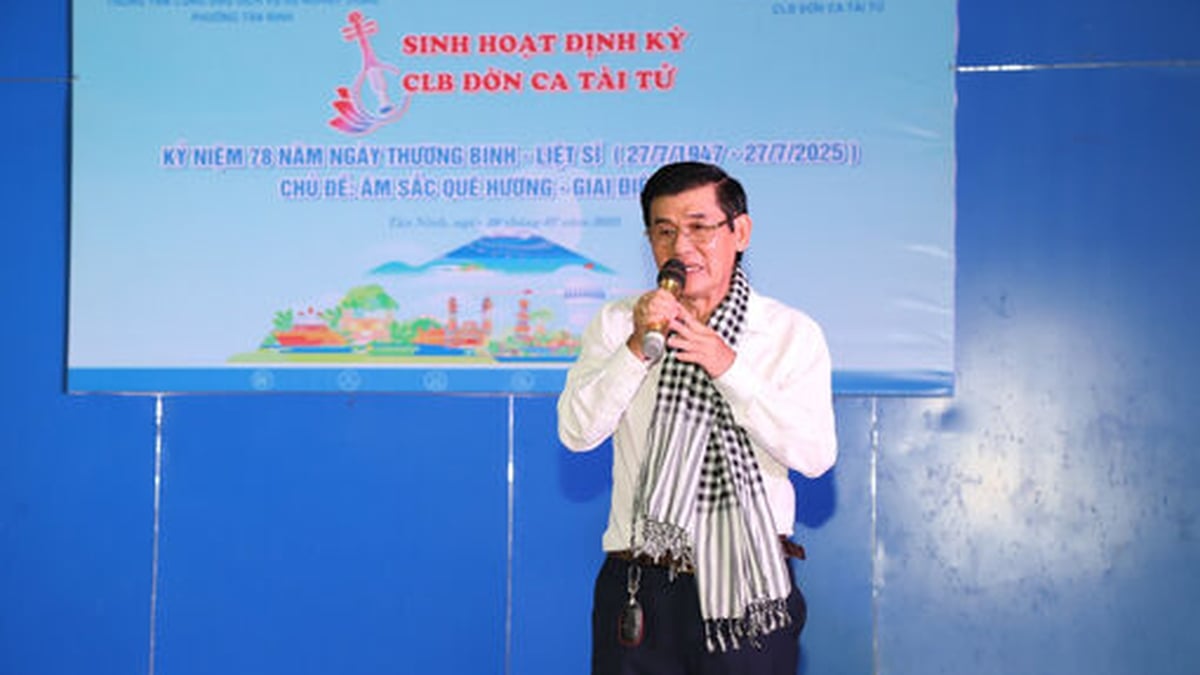
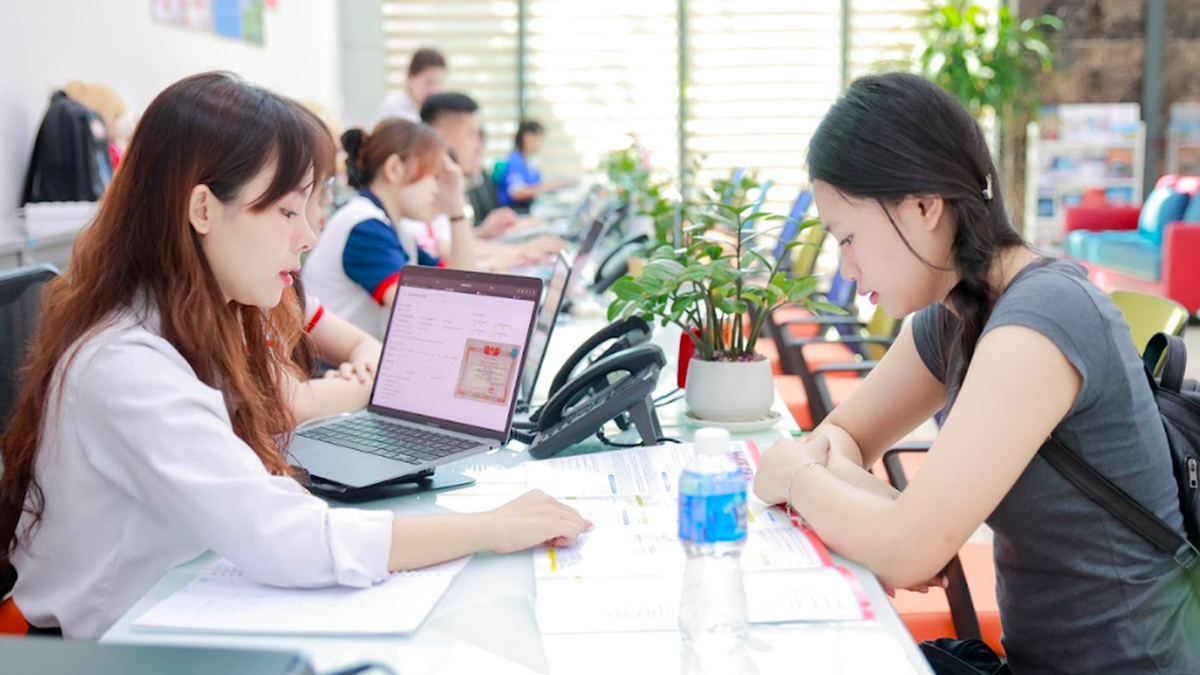





























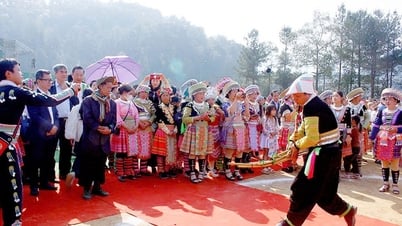



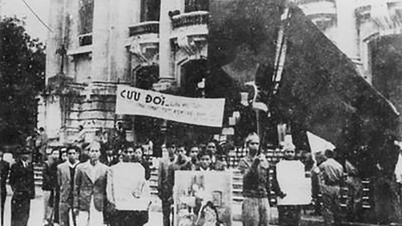






















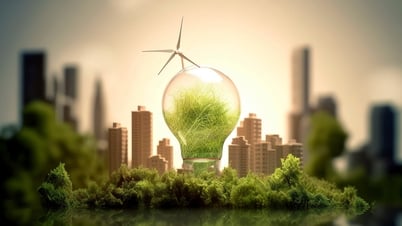
![[Photo] National Assembly Chairman Tran Thanh Man receives Chairman of Morocco-Vietnam Friendship Association](https://vphoto.vietnam.vn/thumb/402x226/vietnam/resource/IMAGE/2025/7/26/b5fb486562044db9a5e95efb6dc6a263)
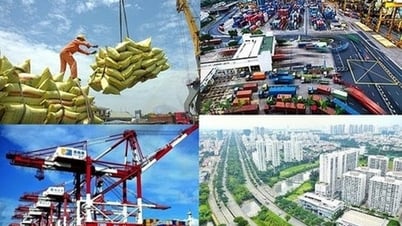
































Comment (0)